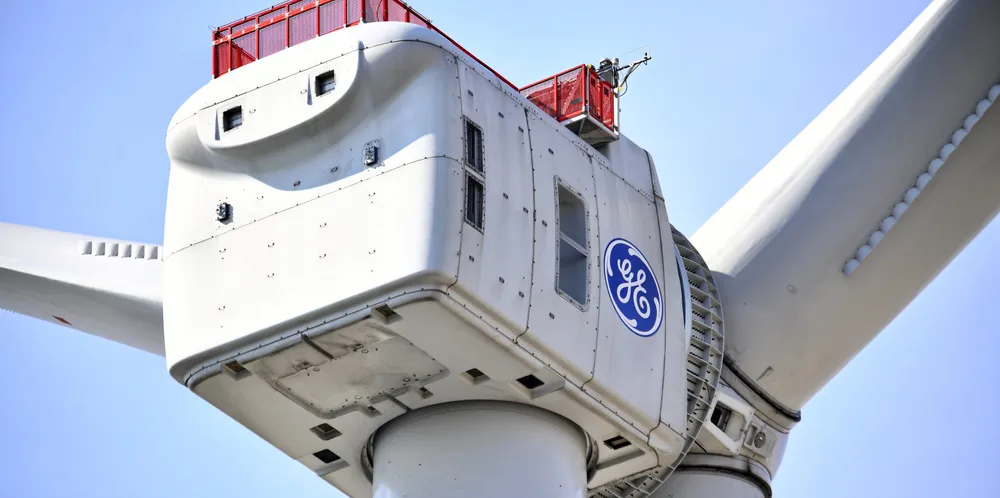GE revs up renewables business turnaround as seismic shake-up at US giant looms
American industrial conglomerate 'has work to do', says CEO Culp, with onshore wind seen as main growth engine for struggling unit and offshore wind orders to 'significantly' increase
